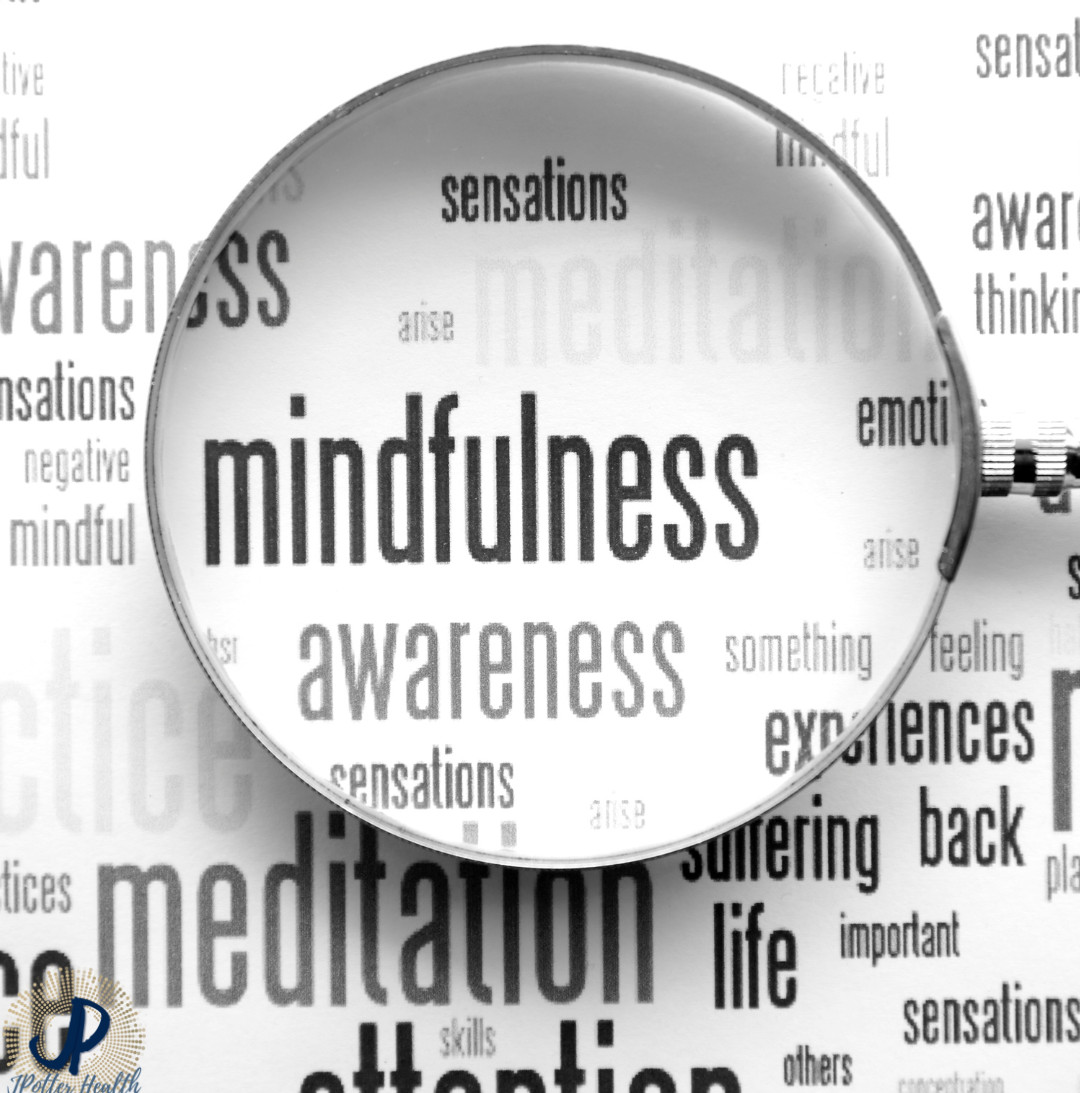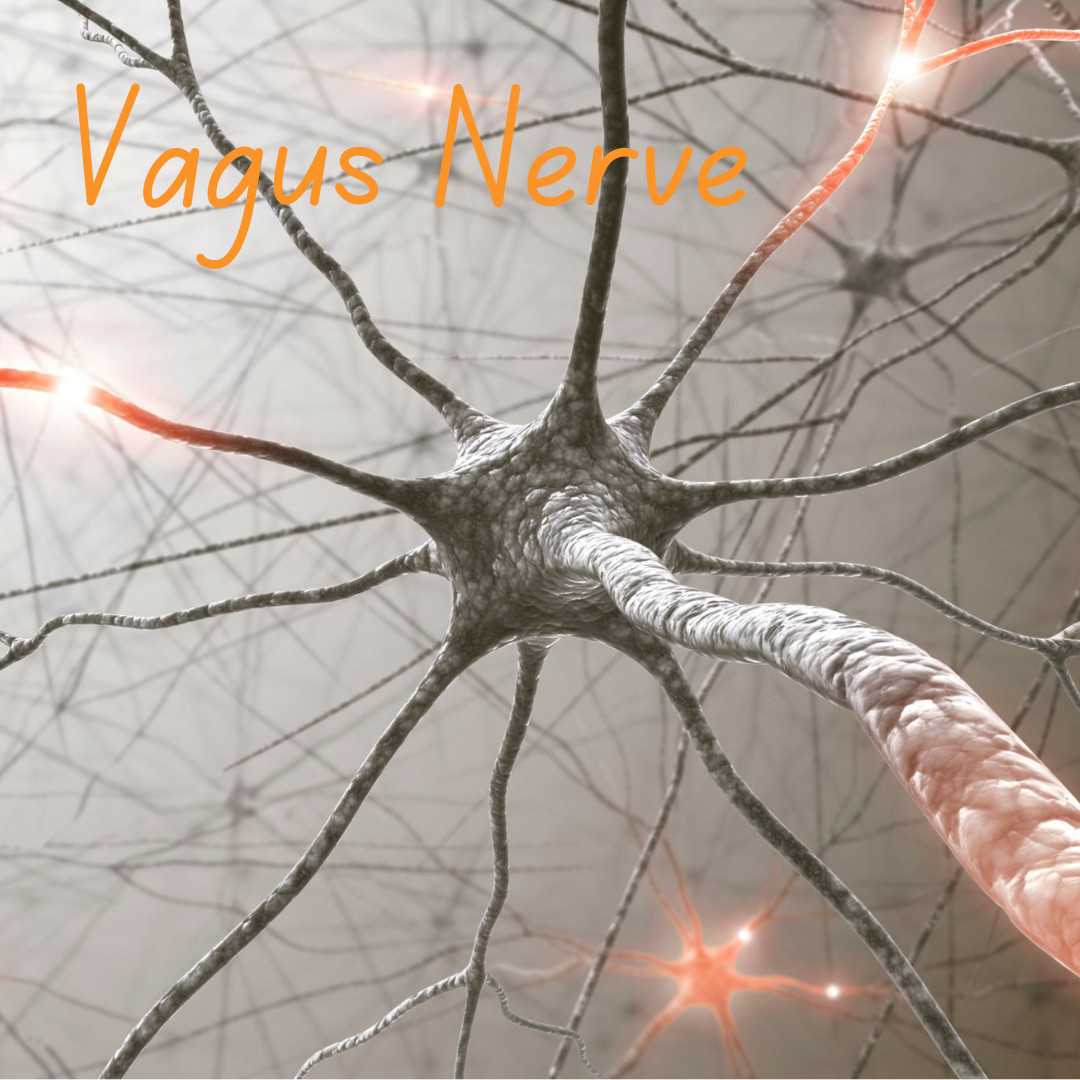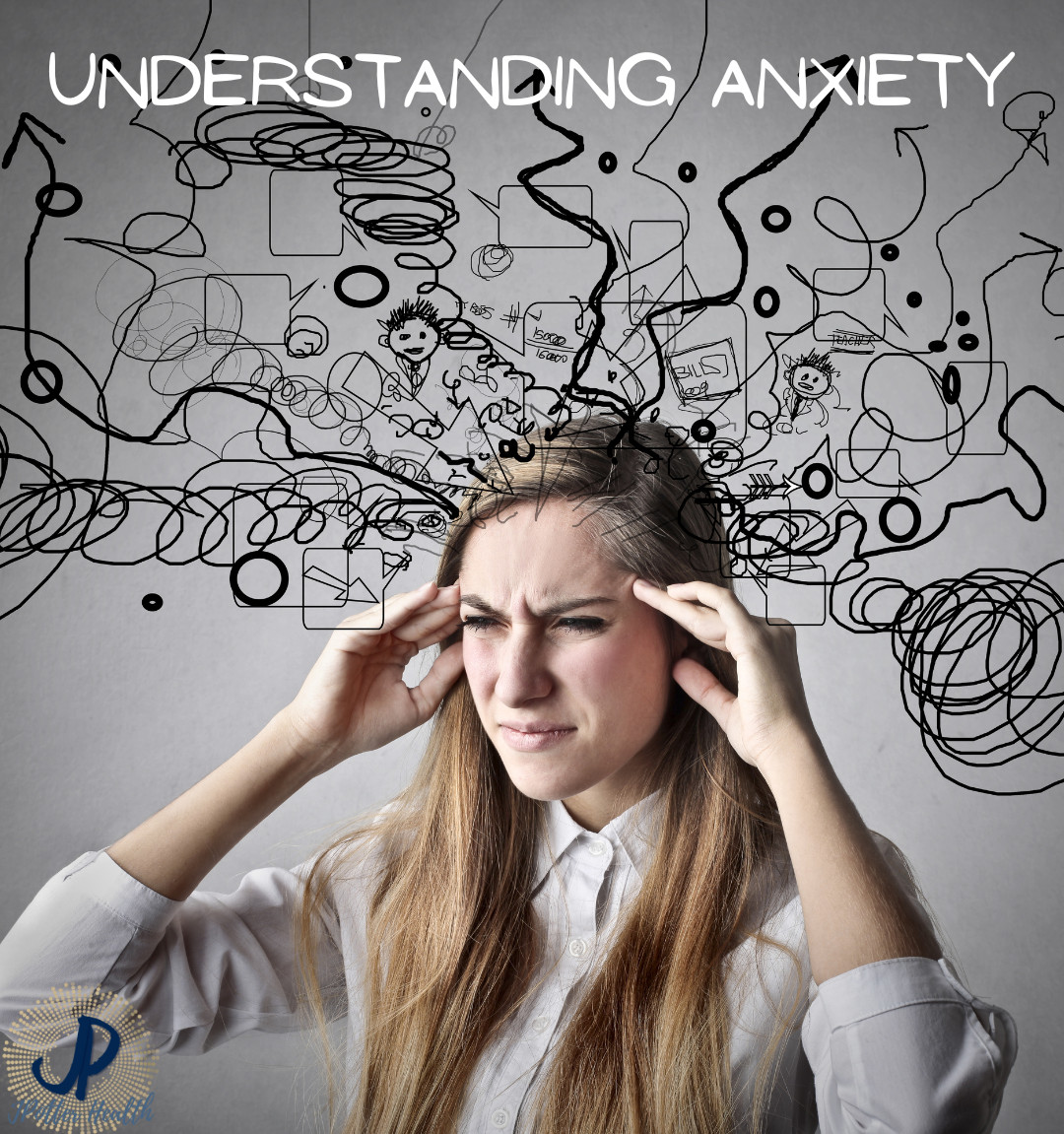
In the go, go, go of our everyday lives, it's easy to get swept up by the relentless pace of duties, expectations, and deadlines. However, the art of mindfulness offers a serene oasis in the midst of this turmoil. Grounded in ancient wisdom yet profoundly relevant today, mindfulness teaches us to experience the present moment without judgment or distraction. It unfolds around seven core concepts: non-judging, patience, beginner's mind, trust, non-striving, acceptance, and letting go. Understanding and practicing these principles can transform our approach to life, creating a sense of peace and clarity. Let's delve into each concept and explore how to weave them into the fabric of our daily lives.
1. Non-judging
At the heart of mindfulness is adopting an attitude of non-judging towards our experiences. This means observing thoughts and feelings without labeling them as "good" or "bad". In practice, it involves catching yourself in the act of judgment and gently reminding yourself to observe without criticism. For instance, if you find yourself getting frustrated in traffic, acknowledge the irritation without berating yourself or the situation.
2. Patience
Patience is a recognition that things must unfold in their own time. Instead of pushing for immediate results in personal growth or daily tasks, mindfulness teaches us to give ourselves and others the room to evolve at a natural pace. Next time you're learning a new skill and progress seems slow, remind yourself that growth is a process and patience is key to sustainable development.
3. Beginner's Mind
Approaching experiences with a beginner's mind means seeing them as if for the first time, without preconceptions or expectations. This openness can lead to a deeper appreciation of the moment and a willingness to explore. Try implementing this concept by engaging in a routine activity, like walking or eating, with full attention to the sensations and experiences as if it were your first time doing it.
4. Trust
Trust in mindfulness refers to trusting oneself and one's intuition. It's about listening to and trusting your own being. This can be practiced by staying true to your feelings and convictions, even when they go against the grain. Trusting yourself might mean taking a rest when feeling overwhelmed, instead of pushing through fatigue just because your schedule says you should.
5. Non-striving
Non-striving is about not being overly attached to outcomes or goals. While setting goals is important, mindfulness encourages us to engage in activities without a specific result in mind. Next time you meditate, try not to aim for relaxation or enlightenment; just meditate to meditate, and see what unfolds.
6. Acceptance
Acceptance involves seeing things as they are in the present moment, rather than how we want them to be. It doesn't mean passivity but recognizing the current situation without denial or avoidance. Practicing acceptance can start with acknowledging small discomforts or inconveniences without trying to immediately change them.
7. Letting Go
Lastly, letting go is the practice of releasing attachment to thoughts, feelings, or possessions that do not serve us. A way to incorporate letting go into everyday life is by de-cluttering your space or mind, discarding what no longer brings joy or benefit.
Mindfulness isn't just a practice but a way of life. By cultivating non-judging, patience, beginner's mind, trust, non-striving, acceptance, and letting go, we can find a deeper connection to the present moment and, ultimately, to ourselves. These principles encourage us to pause, breathe, and engage fully with the here and now, leading to a more peaceful and fulfilling life. Start small, practice daily, and watch as the transformative power of mindfulness unfolds in your life.

In recent research spearheaded by Michael S. Fanselow at the Department of Psychology, Department of Psychiatry & Biobehavioral Sciences, UCLA, Integrative Center for Learning & Memory, an invigorating approach towards managing fear and anxiety has emerged through the stimulation of the vagal nerve. The findings, brought forth in the article "Fear and anxiety take a double hit from vagal nerve stimulation," illuminate the promising impact of bioelectrical interfaces on mental health, particularly in combating anxiety disorders.
The vagal nerve, often referred to as the 'wandering nerve,' plays a crucial role in the autonomic nervous system, influencing everything from heart rate to digestion. Yet, its ability to act as a bridge between the brain and body also makes it a powerful conduit for therapeutic intervention. Fanselow's work underscores the potential of vagal nerve stimulation (VNS) in recalibrating our body's response to fear and anxiety, offering a beacon of hope for those who grapple with these crippling conditions.
Amidst the technical exploration and optimistic findings in Fanselow's study, the article also sheds light on alternative, accessible techniques that can assist in managing anxiety. Here are three methods that complement the groundbreaking research on VNS:
1. Deep Breathing Exercises: Leveraging the body's relaxation response, deep breathing serves as a natural tranquilizer for the nervous system. By focusing on slow, deep, and consistent breaths, individuals can stimulate the vagal nerve, promoting a state of calmness and reducing anxiety levels.
2. Mindfulness Meditation: This practice involves sitting quietly and paying attention to thoughts, sounds, the sensations of breathing, or parts of the body. Mindfulness meditation can enhance one's awareness of the present moment, helping to break the cycle of worry and anxiety by fostering a stance of observation rather than reaction.
3. Progressive Muscle Relaxation (PMR): PMR is a technique where you tense each muscle group in the body tightly, but not to the point of strain, and then slowly relax them. This encourages the body to enter a state of relaxation, counteracting the stress and tension that anxiety can bring.
Michael S. Fanselow's work not only opens up a new frontier in the treatment of anxiety through vagal nerve stimulation but also emphasizes the power of integrating both cutting-edge and traditional practices in managing mental health. Whether through high-tech approaches or simple, self-administered techniques, the journey towards overcoming fear and anxiety is becoming increasingly accessible, providing a glimmer of hope for those affected.
Understanding the Interplay Between Environmental Factors and Mental Health: Insights from 2 Studies

In the realm of psychiatric and psychological research, the impact of environmental factors on mental health has garnered increasing attention. Two recent studies offer fresh insights into this complex relationship, focusing on the effects of specific weather phenomena and environmental stressors on mental well-being.
The first study, titled "The Impact of Foehn Wind on Mental Distress among Patients in a Swiss Psychiatric Hospital" by Christian A. Mikutta et al., delves into the influence of a unique meteorological phenomenon known as the Foehn wind, a dry and warm down-slope wind in the Swiss Alps, on the mental distress levels among patients in a psychiatric facility. This research stands at the intersection of meteorology and psychiatry, opening new pathways for understanding how specific weather conditions can exacerbate or potentially mitigate symptoms of mental distress. The study's findings suggest a noticeable impact of the Foehn wind on the exacerbation of mental distress symptoms among the patients observed. It underscores the necessity for psychiatric institutions to consider environmental triggers as part of comprehensive patient care and treatment planning.
The second study, "Panic Anxiety, Under the Weather?" by A. Bulbena et al., explores the broader question of how different weather patterns influence panic anxiety and related disorders. This investigation is particularly relevant in the context of climate change, which brings about more extreme weather events and unpredictable weather patterns. By examining the correlations between various meteorological conditions and the incidence of panic anxiety, the study sheds light on the urgent need for mental health support systems to integrate environmental considerations into their prevention and treatment strategies.
Both studies underscore a critical observation: the environment, including its weather and climate, plays a significant role in the manifestation and exacerbation of mental health issues. This realization calls for a multidisciplinary approach to mental health care, one that encompasses not only psychological and medical interventions but also considers the environmental contexts in which individuals live.
The studies by Mikutta et al. and Bulbena et al. represent significant steps forward in our understanding of the nexus between environmental conditions and mental health. They highlight the importance of considering the whole spectrum of factors that influence mental well-being and point towards a more holistic, integrated approach to mental health care and research.

 In a world that often seems chaotic and divided, it is crucial to remember the power of kindness. The simple act of showing compassion and consideration towards ourselves and others can have a profound impact on our lives, as well as those we are connected to. It is through these acts of kindness that we can truly begin to change the world, fostering a sense of unity, love, and respect for one another. This month on JPotter Health social media we are spending March on the power and benefits of kindness.
In a world that often seems chaotic and divided, it is crucial to remember the power of kindness. The simple act of showing compassion and consideration towards ourselves and others can have a profound impact on our lives, as well as those we are connected to. It is through these acts of kindness that we can truly begin to change the world, fostering a sense of unity, love, and respect for one another. This month on JPotter Health social media we are spending March on the power and benefits of kindness.The Ripple Effect of Kindness:
Kindness is like a pebble thrown into a calm pond - it creates a ripple effect that expands far beyond the initial act. When we extend kindness to ourselves and others, we create a cycle of positivity that has the potential to grow and spread, touching the lives of countless individuals. Small acts of kindness, however inconspicuous they may seem, have the power to inspire and uplift, ultimately transforming the way we interact with the world around us.
Five Examples of Kindness:
1. Practice Self-Care: Start by being kind to yourself. Prioritize self-care and nurture your physical, mental, and emotional well-being. Set aside time each day for activities that bring you joy, whether it's reading your favorite book, taking a walk in nature, or practicing mindfulness. By showing kindness to ourselves, we become better equipped to show kindness to others.
2. Acts of Service: Engage in random acts of kindness for strangers or acquaintances. Offer to carry someone's groceries, hold the door open, or simply smile and say a kind word. These small gestures can brighten someone's day, improving their mood and reminding them that kindness exists in the world.
3. Volunteer and Give: Find opportunities to volunteer in your community or donate to causes that align with your values. Whether it's spending time at a local shelter, organizing a charity event, or donating resources to those in need, your acts of kindness will have a direct and tangible impact on the lives of others.
 4. Active Listening: Show kindness through active listening. Be fully present when someone is sharing their thoughts or feelings with you. Offer support and empathy, helping them feel seen and understood. Sometimes, lending a compassionate ear is all someone needs to overcome their challenges and find solace.
4. Active Listening: Show kindness through active listening. Be fully present when someone is sharing their thoughts or feelings with you. Offer support and empathy, helping them feel seen and understood. Sometimes, lending a compassionate ear is all someone needs to overcome their challenges and find solace.5. Spread Positivity on Social Media: In the digital era, kindness can extend beyond face-to-face encounters. Use your online platforms to spread positivity and uplift others. Share inspiring quotes, commend others' achievements, and engage in conversations with empathy and respect. By doing so, you contribute to creating a virtual space that encourages kindness rather than division.
Kindness is not just a virtue; it is a way of life that has the power to shape our world for the better. By cultivating a compassionate mindset and practicing acts of kindness, we become catalysts for change. Every small act of kindness plants a seed that can grow and flourish, creating a chain reaction that transcends boundaries and spreads love and respect throughout our communities. Let us embrace kindness in our lives and be the change we wish to see in the world.


As pet owners, our furry friends' health and well-being are of the utmost importance to us. With the growing interest in alternative treatments, one compound has been gaining attention for its potential therapeutic benefits: cannabidiol (CBD). In this blog post, we will dive into the scientific validation of CBD for managing diseases in dogs and cats, as presented in the Annual Review of Animal Biosciences (Vol. 11:227-246, 2023).
Understanding CBD:
CBD is a non-psychoactive compound derived from the Cannabis sativa plant. Unlike tetrahydrocannabinol (THC), CBD does not produce the "high" associated with marijuana use. CBD interacts with the endocannabinoid system, a complex network of receptors in the body, which plays a crucial role in regulating various physiological processes.
Validating the Biological Effects:
Extensive research has been conducted to explore CBD's potential therapeutic effects. Studies have shown that CBD exhibits anti-inflammatory, analgesic (pain-relieving), and anti-anxiety properties in both humans and animals. Additionally, CBD has been found to have an immunomodulatory effect, potentially aiding in managing autoimmune diseases in pets.
Efficacy in Managing Specific Diseases:
1. Epilepsy and Seizures: CBD has shown promising results in reducing the frequency and severity of seizures in dogs and cats, especially those suffering from difficult-to-treat epilepsy.
2. Arthritis and Joint Pain: CBD may alleviate the pain and inflammation associated with arthritis in pets, improving their mobility and overall quality of life.
3. Anxiety and Stress: CBD has demonstrated effectiveness in reducing anxiety and stress-related behaviors in animals, making it a potential tool for managing behavior and separation anxiety in pets.
Ensuring Safety and Quality:
 It is crucial to note that not all CBD products are created equal. Quality control and proper sourcing are essential when choosing CBD products for your pets. Opt for products that undergo rigorous third-party testing and are derived from organically grown hemp. Additionally, consulting with a veterinarian experienced in cannabinoid therapeutics is recommended to determine the appropriate dosage and ensure compatibility with any existing medications.
It is crucial to note that not all CBD products are created equal. Quality control and proper sourcing are essential when choosing CBD products for your pets. Opt for products that undergo rigorous third-party testing and are derived from organically grown hemp. Additionally, consulting with a veterinarian experienced in cannabinoid therapeutics is recommended to determine the appropriate dosage and ensure compatibility with any existing medications.The scientific validation of cannabidiol for managing diseases in dogs and cats is an exciting area of research. While more studies are needed to fully understand its potential, CBD has shown considerable promise in various aspects of pet health. As responsible pet owners, it is our duty to stay informed, consult with professionals, and choose high-quality products to ensure the well-being of our beloved four-legged companions.







